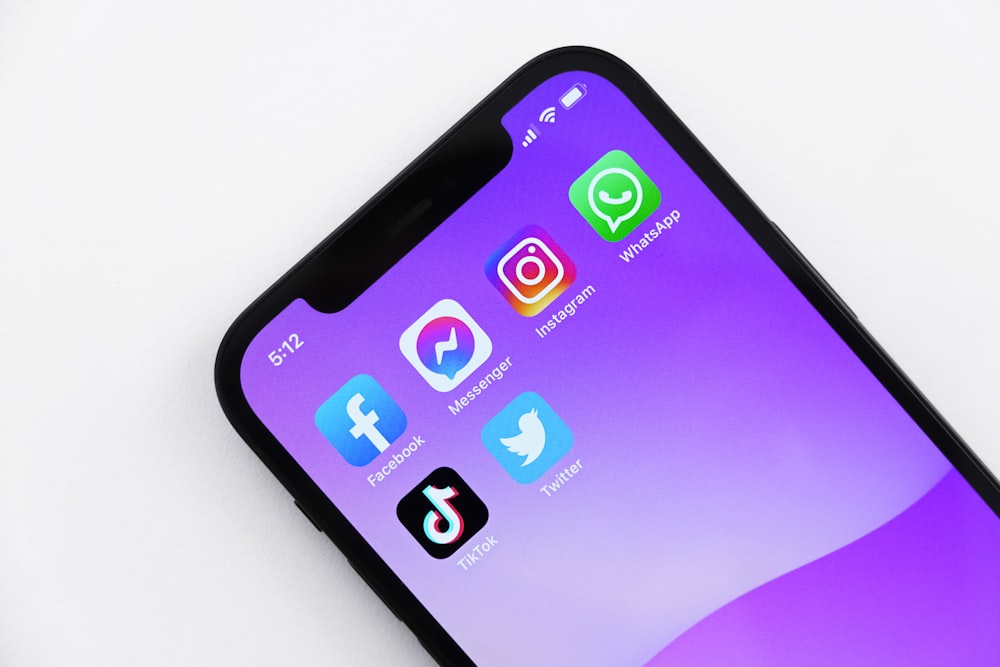
The concept of Visitors and Residents demonstrated by White and Cornu (2011) poses interesting questions surrounding how individuals interact with the Web. The authors mentioned that people behave a certain way when using technology according to their motivation and the context of their situation — but, what exactly motivates individuals to utilize technology for the sake of acquiring information? What aspects of technology appeals to users in this way?
According to multiple studies, convenience may be the most important factor when obtaining information. Convenience typically includes components of deciding on an information source, levels of satisfaction and ease of use with a source, and the time it takes to find information (Connaway et al., 2013). Individuals have different methods of looking for information, however there is a general tendency to use the Web over physical spaces such as libraries. Here are some of the following reasons for this tendency:
- Devices: As technology booms, so too does our reliance on these devices. The concept of texting, phone calls, video messaging, along with new iterations of smart phones and laptops on an annual basis, motivates populations to indulge and make use of the internet. Keeping in contact with friends can be as easy as one click, and you’ll be connected with close relatives, significant others, friends, co-workers, etc., all while obtaining the necessary information that’s needed.
- Ease of navigation: The Web has facilitated the means of acquiring information. The majority of individuals seem to share the thought of: “Why bother going to the library and risk getting lost in aisles of books when articles, podcasts, resources, and videos are readily available through search engines?” Researchers and students especially resonate with this idea, as the behaviors of these groups are constantly on the lookout for accessible information (Connaway & Randall, 2013).
- Immediacy: Technology provides us the instant gratification we demand for. When it comes to seeking for answers, our patience has unfortunately grown thinner. As the Web is geared for this type of behaviour, addressing this sense of urgency can be achieved a lot easier through the internet. The faster we can get “the answer”, the better.
Given this information and what we’ve learned through the course so far, I believe this signifies how beneficial the Web can be, specific to the area of learning. When used appropriately, it provides us a means of obtaining information in a more accessible, efficient, and accommodating way. However, it is also just as crucial to be mindful of the harmful effects of the Web, particularly its poor counterparts that instigate privacy, safety, and equity issues. As we covered in Week 3 and Week 4, the internet is not always a space of equitable opportunities. Two of my fellow pod members have actually brought up interesting points from their first posts surrounding this area of topic. Check out Kayla’s post and Sam’s post.
Ultimately, this puts into perspective the value of personalized learning networks (PLNs), should we use online engagement effectively. As mentioned from Rajagopal et al. (2011), networking is one of the key skills that support an individual’s growth and learning journey. PLNs will inevitably help cultivate this skill, so long as the Web exists to facilitate communication (e.g., email, video calls, etc.), advanced search functionalities (i.e, finding experts in an area of interest), and informal meetings (i.e, keeping in touch with individuals).
References
Connaway, L., & Dickey, T. The Digital Information Seeker: Report of the Findings from Selected OCLC, RIN, and JISC User Behaviour Projects. JISC.
Connaway, L., Lanclos, D., & Hood, E. (2013). “I always stick with the first thing that comes up on Google. . .” Where People Go for Information, What They Use, and Why”. EDUCAUSE.
Connaway L., & Randall, K. (2013). Why the Internet is More Attractive than the Library. The Serials Librarian, 64:1-4, 41-56. https://doi.org/10.1080/0361526X.2013.761053
Gutierrez, K. (n.d.). What are Personal Learning Networks?. ShiftELearning.
Rajagopal, K., Joosten-ten Brinke, D., Van Bruggen, J., & Sloep, P. B. (2011). Understanding personal learning networks: Their structure, content and the networking skills needed to optimally use them. First Monday, 17(1). https://doi.org/10.5210/fm.v17i1.3559
White, D. S., & Cornu, A. L. (2011). Visitors and Residents: A new typology for online engagement. First Monday.
Comments by sulris